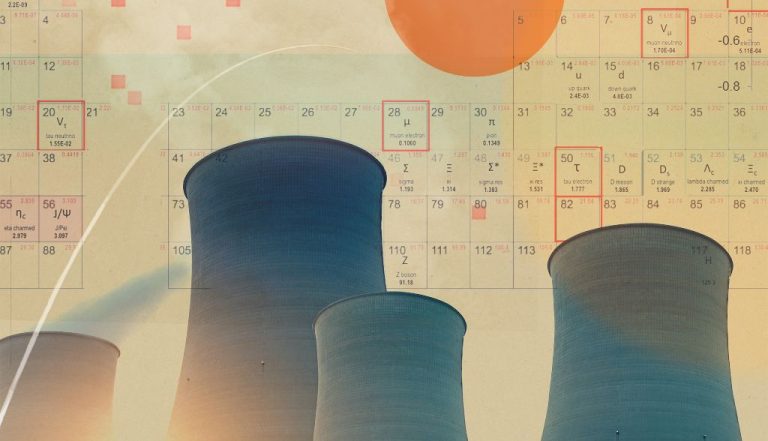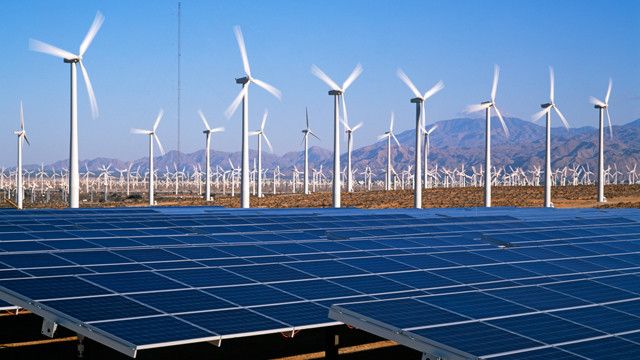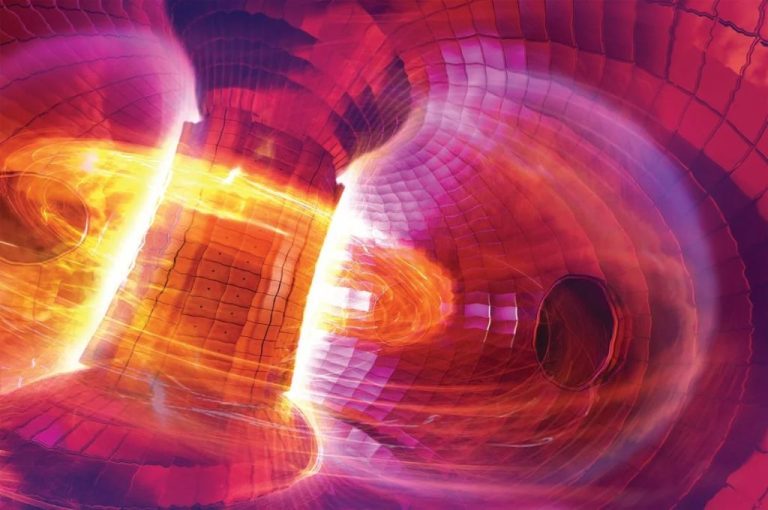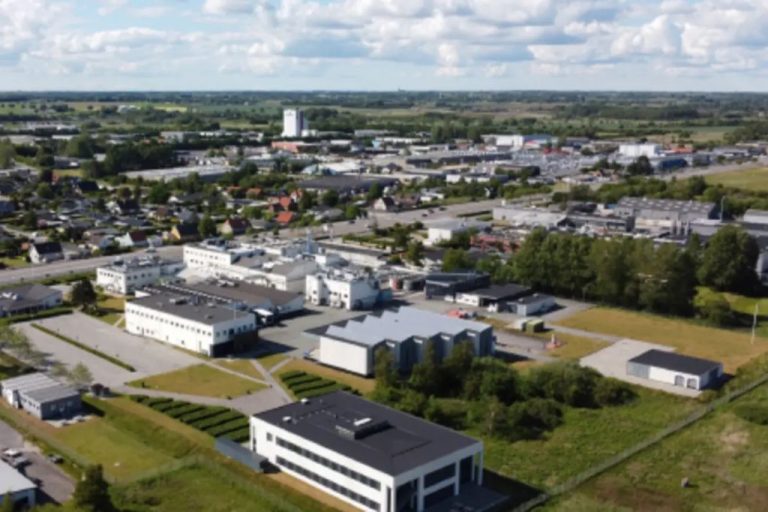Why Is Nuclear Energy Becoming Less Popular?
Nuclear energy has been used to generate electricity since the 1950s, starting with the commissioning of the first nuclear power plant in Obninsk, Russia in 1954. In the 1970s and 1980s, there was rapid growth in nuclear energy, with hundreds of new nuclear reactors constructed around the world. Nuclear power reached 10% of global electricity generation by the 1990s.
However, since the 2000s, global nuclear energy expansion has stagnated. Construction of new nuclear plants slowed dramatically, and some countries scaled back or eliminated their nuclear energy programs after events like the Fukushima nuclear accident in Japan. Only 2 new nuclear reactors started operation in the US since 2000, compared to over 100 in the prior decades. Globally, the share of electricity from nuclear power has held steady around 10% for the past 20 years.
Safety Concerns
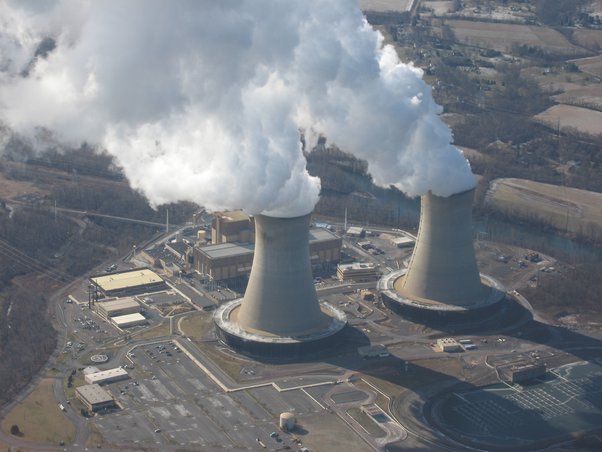
Major nuclear accidents like Chernobyl and Fukushima have eroded public confidence in nuclear power. The Chernobyl disaster in 1986 was rated a 7 on the International Nuclear Event Scale (INES), the most severe accident ranking. The Fukushima Daiichi nuclear disaster in 2011 was also rated INES 7. These catastrophic events released large amounts of radiation into the environment, causing long-term health and environmental impacts.
There are also long-term concerns about the safe disposal of nuclear waste, which remains radioactive for thousands of years. No country has yet implemented a permanent disposal site for high-level nuclear waste. The buildup of nuclear waste globally has raised fears about the potential for environmental contamination.
Additionally, many worry that the spread of nuclear power increases the ability for countries to produce nuclear weapons. There are concerns that civil nuclear energy programs could potentially be used to disguise development of nuclear weapons capabilities. The link between nuclear power and weapons proliferation continues to make nuclear energy unappealing for some countries.
High Costs
Nuclear power plants are extremely expensive to build. Construction costs for new nuclear reactors are estimated to be $6,000-$9,000 per kW, significantly higher than other power generation sources like natural gas or renewables (source). This leads to high upfront capital costs that can deter investment.
Operating and maintaining nuclear plants is also costly. Fuel, maintenance, waste management and other operating expenses can range from $30-$50 per MWh produced, higher than the operating costs for natural gas or coal plants (source). Safety upgrades, equipment replacements, and retrofits contribute to high lifetime operational costs.
Many new nuclear construction projects have faced major cost overruns. For example, Plant Vogtle in Georgia has seen costs balloon from $14 billion to $28 billion, while completion has been delayed over 6 years (cite source). Such cost overruns make nuclear less economically viable.
Renewable Energy Growth
In recent years, renewable energy sources like solar and wind have become more affordable and gained in popularity. The costs of solar panels and wind turbines have dropped dramatically, making them competitive with fossil fuels in many markets.
Government tax credits and incentives have further accelerated growth in renewables. Policies like investment tax credits, production tax credits, renewable portfolio standards and feed-in tariffs have encouraged more renewable energy deployment.
Public opinion polls consistently show high support for expanding the use of renewable energy. A 2019 Pew Research Center survey found that 90% of Americans favor more solar panel farms, and 85% support more wind turbine farms. This preference for renewables over nuclear and fossil fuels has put pressure on policymakers.
With declining costs and favorable policies and public opinion, global renewable energy capacity has expanded rapidly. According to International Energy Agency data, renewable electricity generation increased over 26% from 2013 to 2018. If current trends continue, renewables are poised to displace more fossil fuel and nuclear generation.
Regulatory Barriers
Strict regulations and lengthy licensing requirements have made it very difficult to build new nuclear power plants in many countries. Nuclear power plants must go through a stringent, multi-year approval process with the nuclear regulatory body before construction can even begin.
For example, in the United States, the Nuclear Regulatory Commission (NRC) has a detailed licensing process that can take 5-10 years for a new reactor. Companies must submit a voluminous license application covering all technical, safety, and environmental aspects of the proposed plant. The NRC then thoroughly reviews the application, requests additional information if needed, holds public meetings, and ultimately decides whether to approve construction and operation.
This lengthy process increases costs and uncertainty for power companies. According to the Nuclear Energy Institute, the “unpredictable license renewal process” is one factor limiting new nuclear growth in the U.S. Some countries have tried streamlining regulations to make new plants more feasible, but nuclear power fundamentally requires strict oversight to ensure safety.
Aging Plants
Many of the existing nuclear power plants around the world are aging and approaching retirement. The average age of nuclear reactors in the United States is around 38 years old [1]. Most were initially licensed to operate for 40 years, meaning many are nearing the end of their operating licenses.
Extending the operating licenses for nuclear plants beyond 40 years involves comprehensive safety reviews, equipment upgrades, and additional regulatory oversight. These costs can be substantial, often hundreds of millions of dollars per reactor [2]. With electricity prices declining in recent years, and competition from cheap natural gas and renewables, the economics of investing in old reactors is increasingly difficult [3].
As a result, several nuclear reactors in the U.S. and other countries like France and Japan have already shut down earlier than planned. More are expected to close in the coming decades as they reach 60 years and the costs of extending licenses again become prohibitive [4].
Public Opposition
One of the main factors causing the declining popularity of nuclear energy is public opposition. Anti-nuclear movements and protests became especially prominent in the 1970s and 1980s https://www.britannica.com/topic/anti-nuclear-movement. Grassroots organizations like the Clamshell Alliance carried out protests and occupations at existing and proposed nuclear sites https://en.wikipedia.org/wiki/Anti-nuclear_movement. These movements tapped into public fears about nuclear accidents and radioactive waste. The growth of the anti-nuclear movement led to construction delays and shutdowns of some plants.
Today, public opposition remains a barrier, especially the NIMBY (Not In My Backyard) phenomenon. Even though many people support nuclear power in the abstract, when faced with an actual proposal to build a new reactor in their area, local opposition often arises. Concerns about impacts on property values and tourism as well as fears of radiation risks fuel this NIMBY sentiment. For example, plans to expand the Limerick nuclear plant in Pennsylvania faced organized community opposition https://www.nps.gov/articles/antinuclearactivism.htm. Battling this local opposition causes delays and cost overruns for new nuclear projects.
Competition from Natural Gas
One of the main reasons for the decline in nuclear energy growth is competition from cheap and abundant natural gas. The development of hydraulic fracturing and horizontal drilling techniques, commonly known as “fracking,” has unlocked vast reserves of natural gas in the United States and around the world. This has led to a dramatic increase in natural gas production and a subsequent decline in natural gas prices over the past decade.
According to the U.S. Energy Information Administration, natural gas spot prices in 2018 were about one-third of the 2008 peak. This makes natural gas a very economical fuel for power generation. The capital costs of building new natural gas power plants are also far lower than building new nuclear reactors. A natural gas combined cycle power plant costs around $1,000 per kW of capacity, compared to $6,500 per kW or more for a new nuclear plant.
Given the low fuel costs and cheap plant construction, natural gas power is simply more economical in many markets than new nuclear generation. As long as natural gas prices remain low, it will be difficult for nuclear power to be cost competitive.
Sources:
Nuclear power: CO2 fix or cost disaster?
Nuclear Power Economics | Nuclear Energy Costs
Slow Growth in Nuclear
The construction of new nuclear power plants has slowed considerably in recent decades. According to Nuclear Power is Not a Climate Solution, construction costs for new nuclear reactors have soared, with estimates ranging from $5,500 to $8,500 per kilowatt or $6-9 billion per reactor unit.[1] This high upfront cost makes new nuclear construction projects risky and challenging to finance. The State of Florida outlines risks related to the large capital investments and long construction timelines for nuclear plants.[2]
In contrast, sources of renewable energy like solar and wind have seen much faster growth rates globally. Renewables can typically be built in smaller increments at lower upfront costs, allowing for more steady and incremental capacity additions. The comparatively slow pace of new nuclear construction has made it difficult for nuclear power to compete with the growth of affordable renewables.
Conclusion
In summary, there are several key factors contributing to nuclear energy becoming less popular in recent years. Safety concerns over nuclear accidents, especially after high-profile disasters like Chernobyl and Fukushima, have made the public more wary of this technology. The extremely high costs of building and maintaining nuclear plants have also deterred investments, especially with cheaper alternatives like natural gas and renewables becoming available. Renewable energy sources like solar and wind are rapidly expanding, aided by favorable regulations and policies as well as dropping prices. Outdated regulatory barriers and aging nuclear reactor fleets in some countries create uncertainty about the future viability of nuclear power. Public opposition and anti-nuclear campaigns have made it difficult to move forward with new reactors in many regions. While nuclear power still supplies about 10% of the world’s electricity, its growth has stagnated compared to other technologies.
Looking ahead, the future prospects of nuclear energy remain uncertain. Some countries like China and Russia are still investing substantially in nuclear, viewing it as essential for energy security and climate change mitigation. But in other major markets like the U.S., existing plants are retiring faster than new ones are being built. Unless costs can be reduced and safety concerns addressed, nuclear may play a declining role in the global energy mix as renewables continue their rapid growth. However, if new advanced reactor designs can gain regulatory approval and public acceptance, nuclear power may experience a renaissance and make a bigger contribution to clean energy production.

